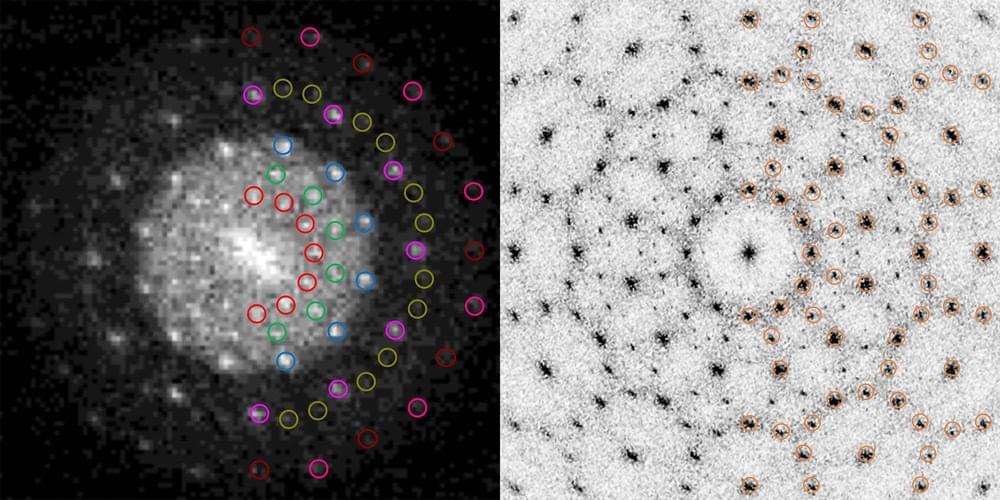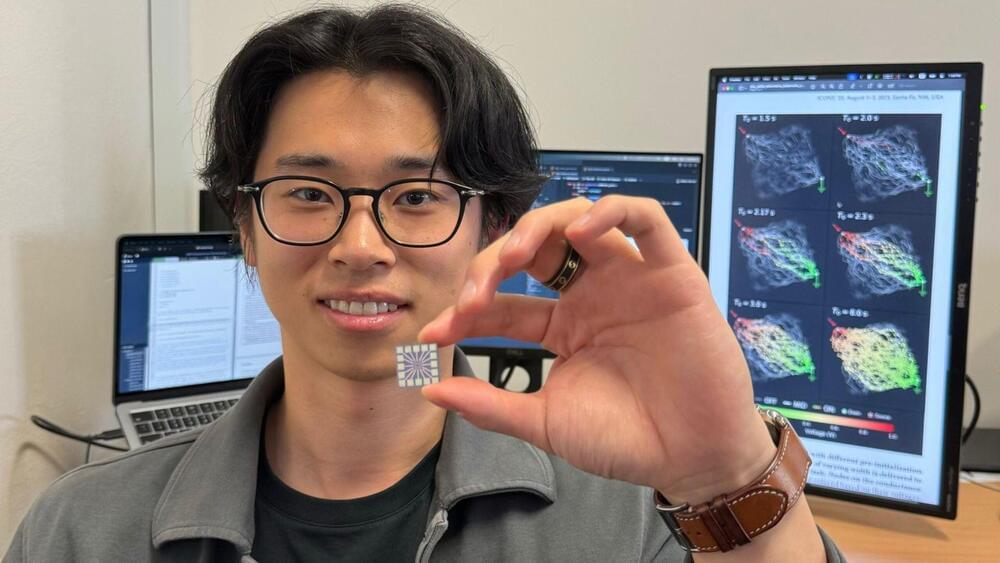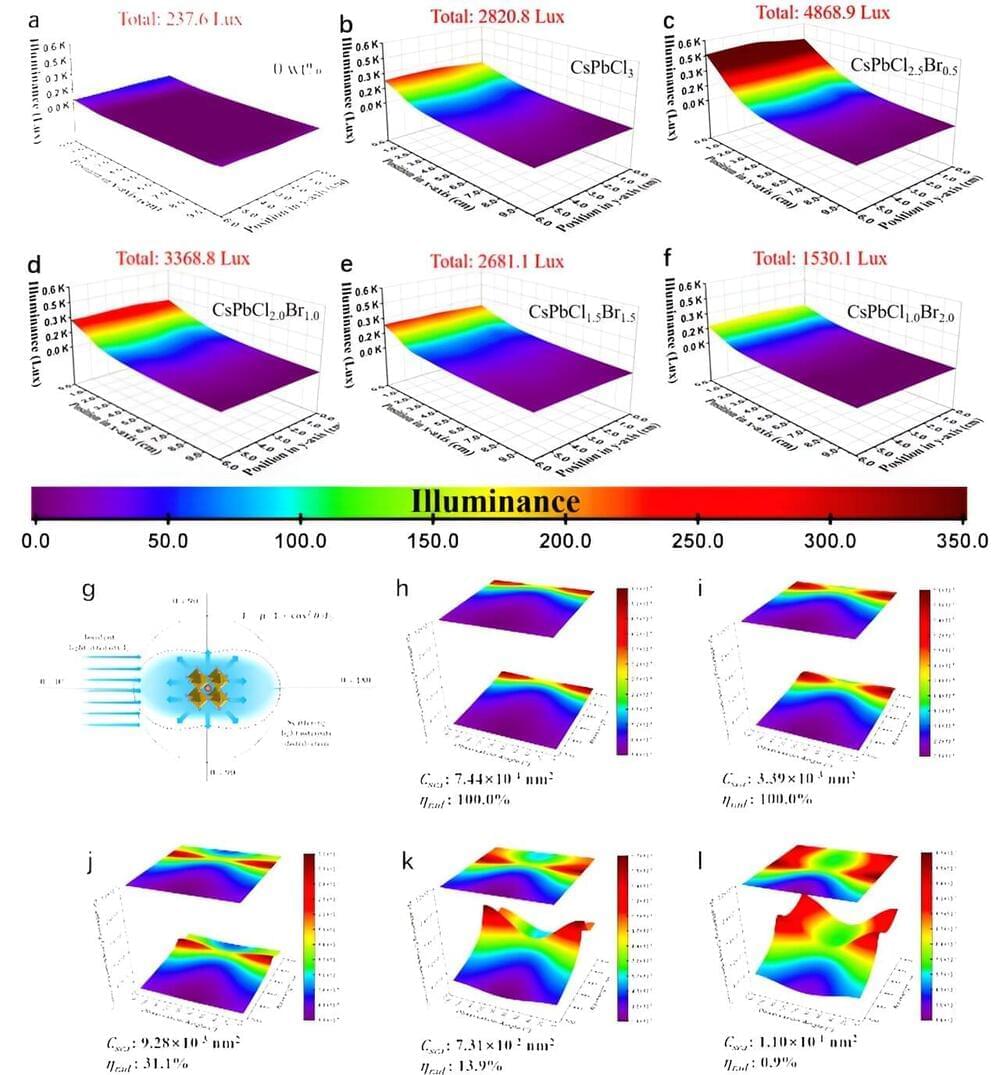Nov 7, 2023
Humans could get ‘super vision’ after nanotechnology lets mice see in dark
Posted by Kelvin Dafiaghor in category: nanotechnology
HUMANS could get the power to see in the dark after mice were injected with nanoparticles which gave them the ability to see infrared light.
The rodents were given infrared night vision for 10 weeks after the injection, with only minor side effects, in an experiment conducted by Chinese and US scientists.
The team at the University of Science and Technology of China said they could modify a human’s vision to detect a wider spectrum of colours.

















